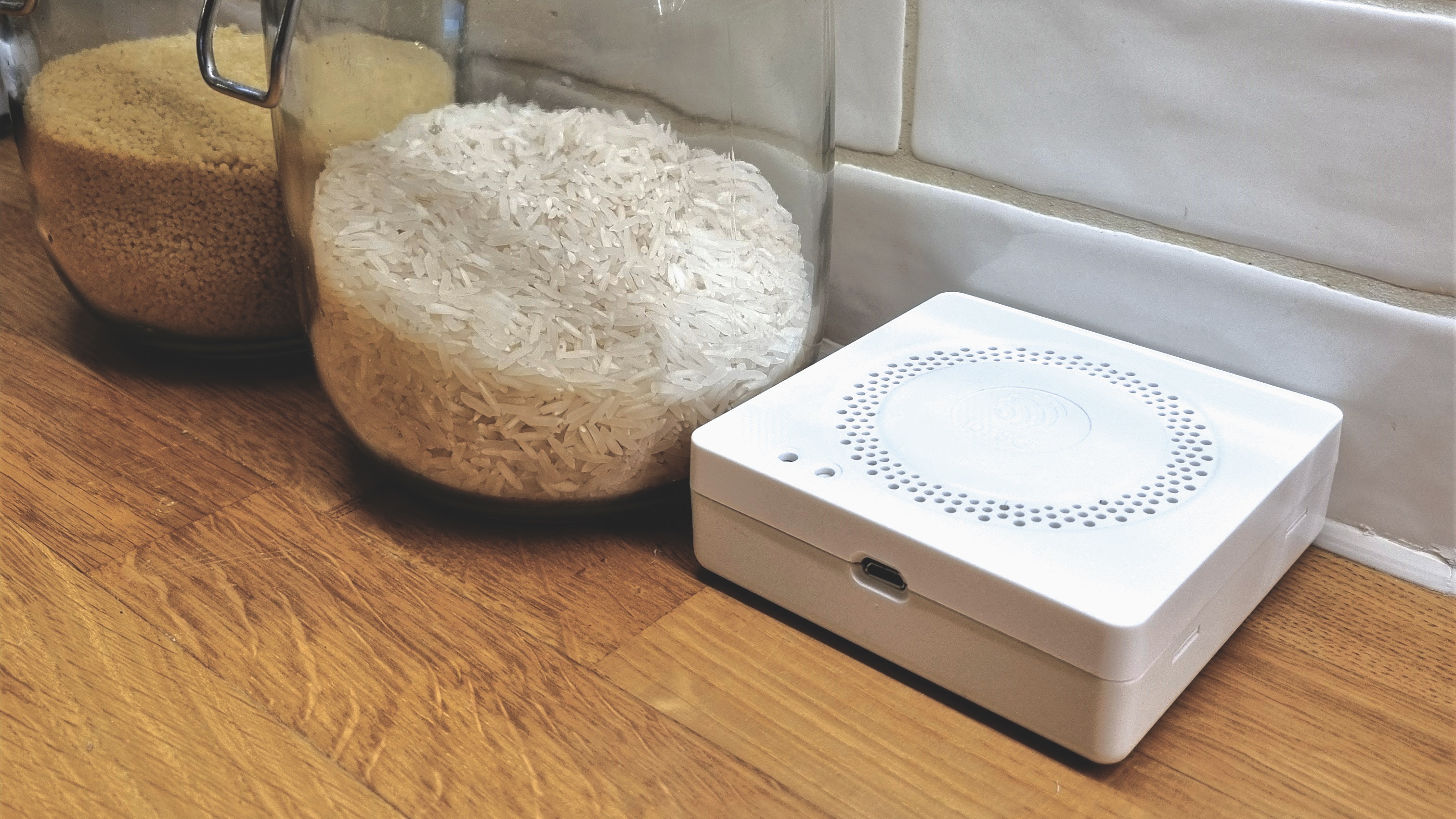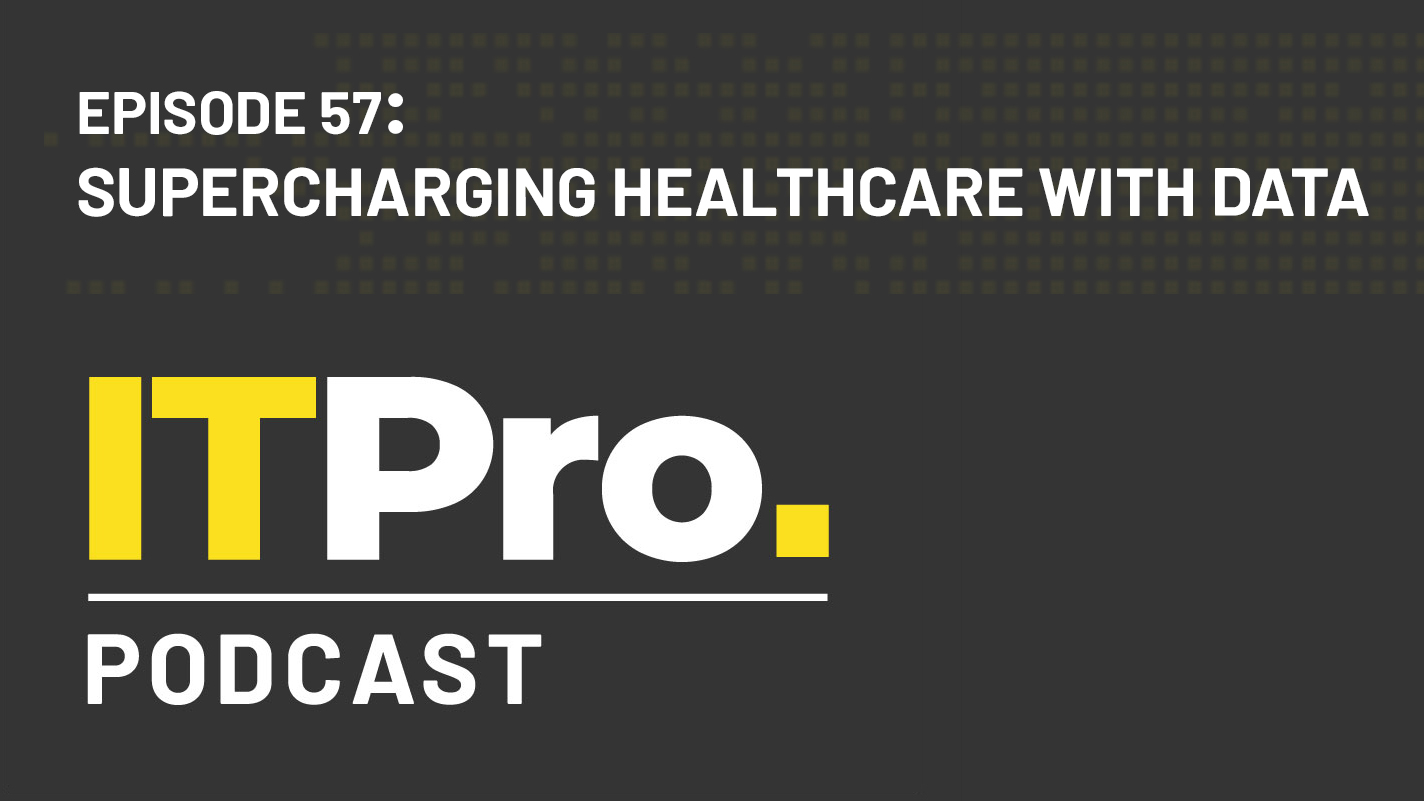Saving the NHS with tech: 5G healthcare and virtual wards
Can technology cure Britain’s ailing healthcare service? Our three-part series examines how technology can lift Britain’s healthcare system out of its current crisis


Ask anyone in Britain and they’ll tell you the National Health Service (NHS) is in an unprecedented crisis. Leaving aside any political debate over what got us here, the raw data paints an unquestionably bleak picture for the centrally-funded single-payer system.
More than seven million people are now on waiting lists for treatment, up from 4.5 million at the start of the COVID-19 pandemic and from 2.5 million in 2010. The percentage of potential cancer patients seeing a consultant within a fortnight of referral has fallen to 80%, well below the 93% target. This is just a flavor of the predicament the health service is in, despite the phenomenal efforts of doctors, nurses and others.
READ MORE

Can technology help pull it out of freefall? Not by itself, as the NHS’s problems are too severe; they’re too complicated for silver-bullet solutions. Previous efforts to digitally transform the NHS, too, have fallen flat.
But a combination of new technologies might alleviate some of the strain. Drones delivering blood, virtual wards, and video appointments with GPs are examples of innovations that might lift Britain’s healthcare system out of crisis.
We’ve spoken to professionals, who’ve been implementing technological solutions to some of the NHS’s biggest problems, to find out why there’s still hope of resuscitating the ailing single-payer health service.
- Part one: Making blood deliveries by drone
- Part two: Hybrid healthcare and virtual wards
- Part three: Doctors on-demand
Opening virtual wards
One of the biggest problems the NHS currently faces is a shortage of beds. That’s not necessarily because of an influx of patients coming in – especially when COVID-19 waves die down – but the difficulty of getting some out of beds and into appropriate aftercare settings. Hospitals are reluctant to send vulnerable patients home if there’s nobody there to care for them, and the shortages in the social care sector are only exacerbating the problem.

Vesey has been a part of WM5G for more than eight years, and is currently the health and care sector lead. Prior to this, he was business intelligence analyst for accounts receivable team at Amazon.com between 2011 and 2014.

As health and care sector lead, Rooke has a track record of successful program management, business and process development in the NHS and the private sector. She's held her position since June 2022, and worked in health since 2005.
But there’s a potential technological solution: virtual wards. Using a variety of remote monitoring technologies, hospitals are piloting virtual wards, in which patients are allowed to return home but continue to be supervised by NHS staff.
Get the ITPro daily newsletter
Sign up today and you will receive a free copy of our Future Focus 2025 report - the leading guidance on AI, cybersecurity and other IT challenges as per 700+ senior executives
RELATED RESOURCE

Learn how you can create the ideal hybrid workplace to stay competitive.
DOWNLOAD FOR FREE
“That remote monitoring tech can be a range of different solutions depending on what the person was in the hospital for,” says John Vesey, health and care sector lead at WM5G, an organization that helps bring the benefits of 5G to the West Midlands, a large area in the middle of England. “We’ve seen blood pressure cuffs or pulse oximeters,” he says.
“There are different devices that you can either have directly connected back to a hospital or the individual is picking up the phone and telling them the obs [observations] that are then entered in. From our perspective, we’re obviously trying to encourage it to be as automated transfer of data as possible.”
Everything you need to know about Doris

That desire to keep things as simple as possible is exemplified by another device used in virtual ward trials in the West Midlands, called Doris – or the ‘Data-Oriented Response Intervention System’. If you think that the initialism came before the product name, you’d be absolutely right. “We call it Doris because Doris was the name of my lunch lady at school,” says Neal Forse, CTO of the IoT Solutions Group, who invented Doris and a range of other Internet of Things (IoT) products used across a range of industries.
Doris is a small atmospheric sensor given to patients who’ve been discharged from hospital but are being cared for in virtual wards. It’s designed to help discreetly monitor the well-being of vulnerable, independent patients – for example, elderly people who live alone, have no family support, and provide their own sustenance. It’s also designed to be as simple as possible. Installation takes nothing more than ripping out a small plastic tab to activate the installed battery, which can last for up to five years.

Neal has more than 25 years experience in data networking and video processing within the broadcast and semiconductor sectors. Prior to founding IoT Solutions Group, Forse nurtured multiple start-up businesses within Intel.
“There’s no mains power, no Wi-Fi passwords to set, no SIMs to insert,” says Forse. “There’s nothing for the user to do.”
The device measures nothing more than the ambient environmental atmosphere in the person’s kitchen – the room they’re most likely to visit periodically to fix meals at certain times of the day. There are no microphones that might raise privacy concerns, nor motion sensors that could be triggered by pets. The device can sit out of sight behind a box of Cornflakes, silently going about its business. “We measure the atmospheric conditions of the kitchen, and we aggregate that to the cloud, where we run an AWS instance in London,” says Forse. “On that cloud instance, there’s an artificial intelligence (AI) that extracts human activity per unit of time from the atmospheric patterns that it picks up. Once we know the human activity at certain points in time for that individual, we build a digital twin of behavior for that individual. If their activity deteriorates in any material way then we can raise alerts.”
The data is transmitted from Doris to the AWS instance via Low Power Wide Area Networks (LPWAN). Specifically, Doris uses two carrier-grade protocols from Vodafone and O2 called Narrowband IoT (NB-IoT) and LTE CatM. Both are now ratified as part of the 5G standard and, unlike the consumer-grade 5G network you might access from a smartphone, they have near-universal coverage. “In the UK we’ve got 99% coverage by population and 96% by geography when you use both networks together,” says Forse.
Using technology to save lives
Forse says Doris has already helped save six lives and that the devices are now being rolled out in their thousands. He says they’re much more effective than solutions such as panic alarms. “There’s a British Medical Journal (BMJ) white paper that says the push-button emergency buttons, that are given out like sweeties to the vulnerable independent people, are 92% ineffective for reasons that are obvious when you think about it,” he says.
“They’re not always around your neck when you fall over, or they’re not charged, they forget to put them on charge, or they don’t want to be an inconvenience. One poor lady sat on a sofa for two days not being able to move. She soiled herself and everything, but she didn’t want to be a nag or a problem to anyone, so she didn’t press the button. But we detected through our device that she’d been inactive and it invoked an intervention which helped her out.”
READ MORE IN OUR SERIES
It’s stories like these that convince Jayne Rooke, also a health and care sector lead at WM5G, that the virtual wards they’ve been piloting in recent years could be a huge boost for the NHS. “Both the staff involved in that care and also the patients that have gone through it think it’s phenomenal,” she says.
She believes the virtual wards are ideal for frail or respiratory patients who don’t need to be in hospital, but need a degree of aftercare. “The fact that they can remain in their own homes and actually still get that amazing wraparound care, whilst being in a much more comfortable environment, has made the difference. We’ve just completed a piece of work with a local organization and the staff are amazing and working under tremendous pressure, but what they get out of it is knowing they’re doing the right thing for the patients.”
Barry Collins is an experienced IT journalist who specialises in Windows, Mac, broadband and more. He's a former editor of PC Pro magazine, and has contributed to many national newspapers, magazines and websites in a career that has spanned over 20 years. You may have seen Barry as a tech pundit on television and radio, including BBC Newsnight, the Chris Evans Show and ITN News at Ten.
-
 How DocuWare is empowering partners with AI
How DocuWare is empowering partners with AINews DocuWare is aiming to revolutionize the channel with AI and automated services, with a host of new products announced at its annual EMEA partner conference in Berlin.
By Ross Kelly Published
-
 DocuWare CEO Michael Berger on the company’s rapid growth
DocuWare CEO Michael Berger on the company’s rapid growthNews ChannelPro sat down with DocuWare CEO Michael Berger to discuss the company's rapid growth and channel strategy.
By Bobby Hellard Published
-
 Saving the NHS with tech: Making blood deliveries by drone
Saving the NHS with tech: Making blood deliveries by droneCase Study Can technology cure Britain’s ailing healthcare service? Our three-part series examines how technology can lift Britain’s healthcare system out of its current crisis
By Barry Collins Published
-
 Nvidia rolls out AI platform across NHS hospitals
Nvidia rolls out AI platform across NHS hospitalsNews The platform ensures that patient data never leaves the hospital trust when an AI algorithm analyses medical records
By Zach Marzouk Published
-
 NHS adopts predictive AI tech from controversial startup
NHS adopts predictive AI tech from controversial startupNews The technology warns hospitals about a potential spike in patient numbers so they can allocate the right resources when needed
By Zach Marzouk Published
-
 The IT Pro Podcast: Supercharging healthcare with data
The IT Pro Podcast: Supercharging healthcare with dataIT Pro Podcast How a robust data strategy can transform community health and medicine
By IT Pro Published
-
 NHS to receive £500m cash injection for digital transformation
NHS to receive £500m cash injection for digital transformationNews Health secretary Matt Hancock aims to increase NHS efficiency and improve patient safety
By Keumars Afifi-Sabet Published
-
Doctors reject AI chatbot that is 'more accurate than a GP'
News Royal College of GPs say no app can replace human physicians
By Bobby Hellard Published
-
 Public sector automation 'would kill off 250,000 jobs'
Public sector automation 'would kill off 250,000 jobs'News AI could replace 30% of nurses and doctors, says Reform
By Dale Walker Published
-
 Google's DeepMind can read 1.6 million NHS patients' records
Google's DeepMind can read 1.6 million NHS patients' recordsNews AI division has a data-sharing deal with the Royal Free NHS Trust
By Caroline Preece Published
